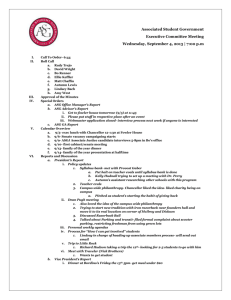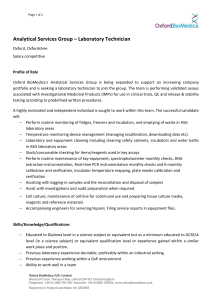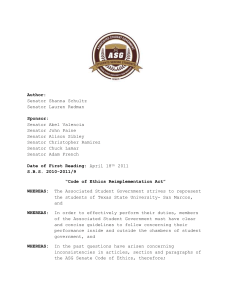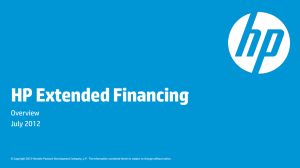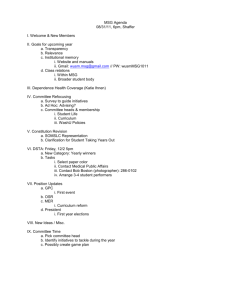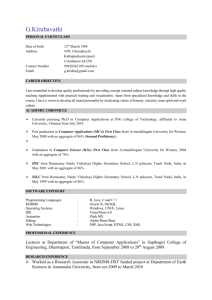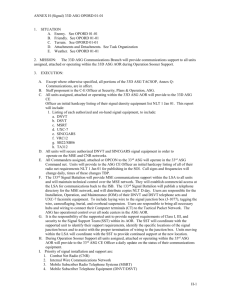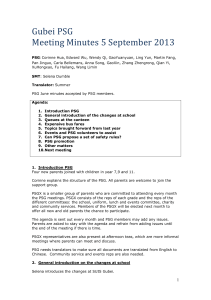pmic7507-sup-0003-Figures
advertisement
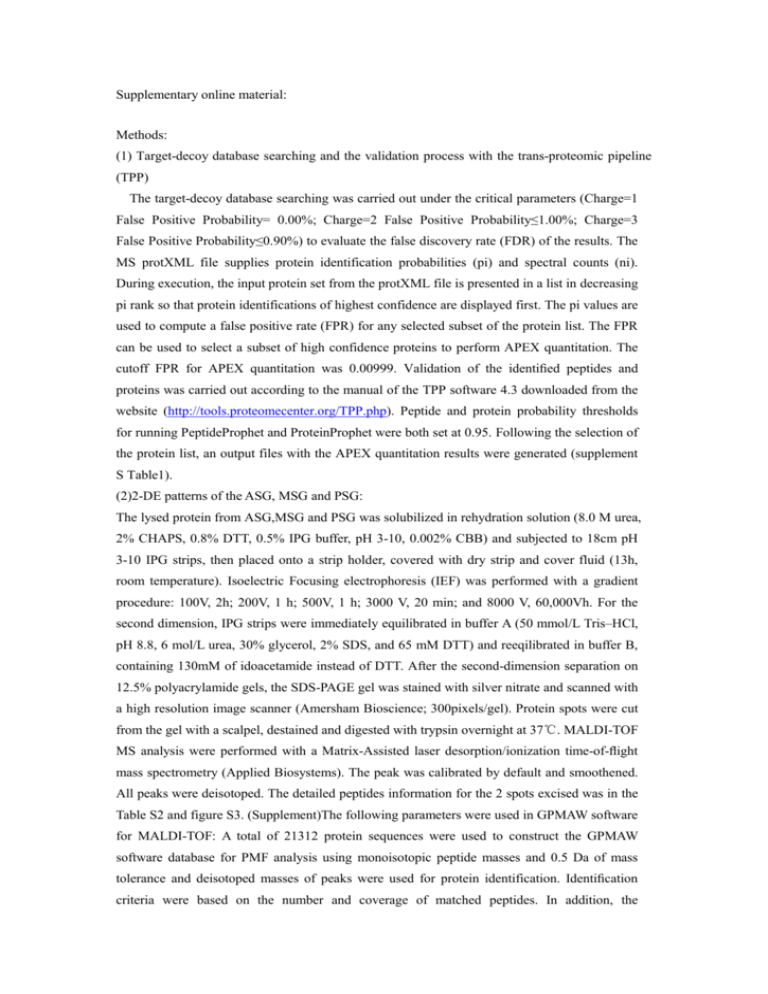
Supplementary online material: Methods: (1) Target-decoy database searching and the validation process with the trans-proteomic pipeline (TPP) The target-decoy database searching was carried out under the critical parameters (Charge=1 False Positive Probability= 0.00%; Charge=2 False Positive Probability≤1.00%; Charge=3 False Positive Probability≤0.90%) to evaluate the false discovery rate (FDR) of the results. The MS protXML file supplies protein identification probabilities (pi) and spectral counts (ni). During execution, the input protein set from the protXML file is presented in a list in decreasing pi rank so that protein identifications of highest confidence are displayed first. The pi values are used to compute a false positive rate (FPR) for any selected subset of the protein list. The FPR can be used to select a subset of high confidence proteins to perform APEX quantitation. The cutoff FPR for APEX quantitation was 0.00999. Validation of the identified peptides and proteins was carried out according to the manual of the TPP software 4.3 downloaded from the website (http://tools.proteomecenter.org/TPP.php). Peptide and protein probability thresholds for running PeptideProphet and ProteinProphet were both set at 0.95. Following the selection of the protein list, an output files with the APEX quantitation results were generated (supplement S Table1). (2)2-DE patterns of the ASG, MSG and PSG: The lysed protein from ASG,MSG and PSG was solubilized in rehydration solution (8.0 M urea, 2% CHAPS, 0.8% DTT, 0.5% IPG buffer, pH 3-10, 0.002% CBB) and subjected to 18cm pH 3-10 IPG strips, then placed onto a strip holder, covered with dry strip and cover fluid (13h, room temperature). Isoelectric Focusing electrophoresis (IEF) was performed with a gradient procedure: 100V, 2h; 200V, 1 h; 500V, 1 h; 3000 V, 20 min; and 8000 V, 60,000Vh. For the second dimension, IPG strips were immediately equilibrated in buffer A (50 mmol/L Tris–HCl, pH 8.8, 6 mol/L urea, 30% glycerol, 2% SDS, and 65 mM DTT) and reeqilibrated in buffer B, containing 130mM of idoacetamide instead of DTT. After the second-dimension separation on 12.5% polyacrylamide gels, the SDS-PAGE gel was stained with silver nitrate and scanned with a high resolution image scanner (Amersham Bioscience; 300pixels/gel). Protein spots were cut from the gel with a scalpel, destained and digested with trypsin overnight at 37℃. MALDI-TOF MS analysis were performed with a Matrix-Assisted laser desorption/ionization time-of-flight mass spectrometry (Applied Biosystems). The peak was calibrated by default and smoothened. All peaks were deisotoped. The detailed peptides information for the 2 spots excised was in the Table S2 and figure S3. (Supplement)The following parameters were used in GPMAW software for MALDI-TOF: A total of 21312 protein sequences were used to construct the GPMAW software database for PMF analysis using monoisotopic peptide masses and 0.5 Da of mass tolerance and deisotoped masses of peaks were used for protein identification. Identification criteria were based on the number and coverage of matched peptides. In addition, the consistency of theoretical molecular weight or pI of proteins with the 2D map is an important reference for mass identification. (3)RNA isolation, amplification, labeling and northern blotting Larval tissues (gonad, head, integument, fatbody, hemlymph, midgut, malpighian tubes, anterior silk gland, middle silk gland, posterior silk gland) were collected and rinsed with diethylpyrocarbonate (DEPC)treated water. Total RNAs were extracted using TRIzol reagent (Invitrogen) following manufacturer’s manual. For the Northern analysis, 5μg aliquots of total RNA were resolved by formaldehyde-agarose gel electrophoresis and transferred to Hybond-N+nylon membrane. The membranes were stained with 1% methylene blue to verify the integrity of rRNA bands. Oligonucleotide probes were labeled by DIG RNA Labeling Kit (cat.No.11175025910) and hybrided with the abundant mRNA in the silkworm tissues. DIG Nucleic Acid Detection Kit (cat.No.11175041910) was used to detect the digoxigenin-labeled nucleic acids by an enzyme-linked immunoassay with a highly specific anti-DIG-AP antibody conjugated and the color substrate NBT and BCIP. The detailed protocol of an improved nonradioactive RNA-RNA hybridization was followed the Roche Applied Science DIG Application Manual. Figure S1. 2-DE map of proteins extracted from ASG, MSG and PSG. Proteins (0.25 mg) from ASG(A),MSG (B) and PSG (C) were placed on pH 3–10, 18 cm Ready Strip IPG strips for isoelectric focusing (10h) followed by SDS-PAGE (12.5% gel, 5 h), and silver staining. Significant differences were noted between ASG, MSG and PSG (square) 1. Testis/ovary;2.Head;3.Integument;4.fatbody;5.midgut;t6.hemocyte;7.Malpighitube;8.ASG;9.MSG;10.PSG Figure S2. Expression profiles of BmASSCP2 (A) and BmASSCP1 (B) by Northern blot analysis

